These lab furniture setup and design rules are a complete guide with all information needed to set up a new science lab for schools, colleges or research institutes. These basic rules are applicable to all science labs. Read along to know how you can set up your own science lab furniture easily.
<<Best Lab Furniture Suppliers in India>>
Table of Contents
- Lab Furniture Design and Installation Depends on the Lab’s Purpose
- Lab Location and Accessibility Dictates Furniture Layout
- Stakeholder Expectations and Needs Dictate Lab Furniture Setup
- Good Lab Design Needs Adaptable Lab Spaces
- How To Design and Setup Lab Furniture on Your Own?
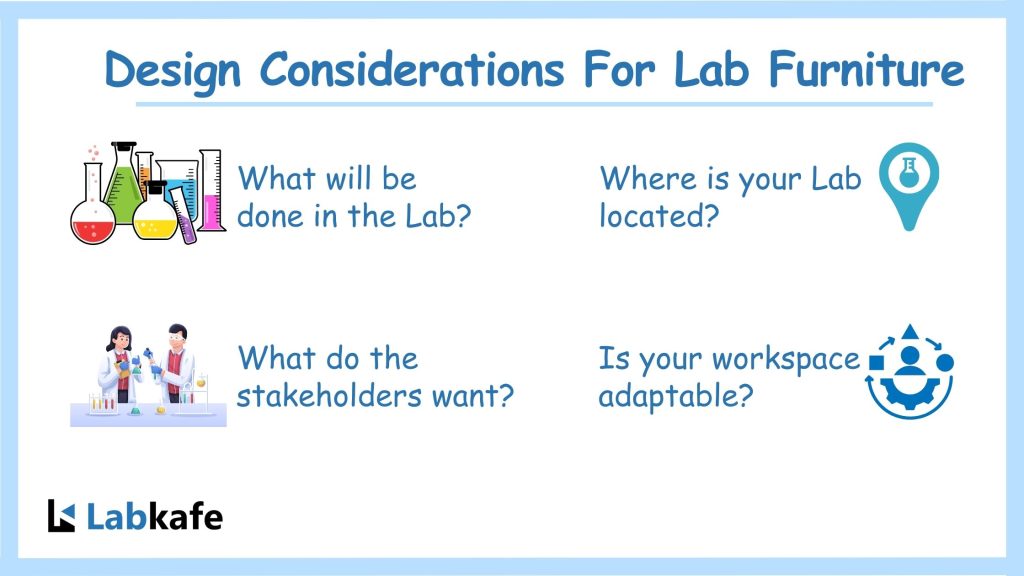
Lab Furniture Design and Installation Depends on the Lab’s Purpose
A laboratory is more than just a workspace; it is a center for research, testing, and innovation. The lab’s purpose determines the Lab Furniture Setup and Design. To ensure an efficient and functional setup, it is crucial to:
- Collaborate with Experts: Engaging with the principal investigator, scientists, and lab technicians ensures the space meets research and operational needs.
- Involve All Stakeholders: Input from researchers, facility managers, and safety officers ensures a well-rounded design approach.
- Prioritize Flexibility: Research evolves, so the lab should be adaptable to new technologies, methodologies, and equipment.
By considering these factors early in the planning stage, the laboratory can be designed to support efficient workflows, maximize productivity, and accommodate future needs.
Lab Location and Accessibility Dictates Furniture Layout
The location and layout of a laboratory directly impact its efficiency, safety, and usability. Key considerations include:
- Space Availability & Workflow: The site must provide adequate space for operations, storage, and expansion while allowing a logical workflow that reduces inefficiencies.
- Drainage & Utilities: Proper drainage, plumbing, electrical access, and HVAC (heating, ventilation, and air conditioning) systems must be planned according to lab needs.
- Equipment & Furniture Placement: The arrangement should ensure ease of access, maintenance, and compliance with industry standards.
- Stakeholder Involvement: Scientists, engineers, and facility managers must be part of the location and layout discussions to ensure all operational needs are met.
Selecting the right location and planning a smart layout ensure that the lab remains functional, safe, and scalable for future developments.
Stakeholder Expectations and Needs Dictate Lab Furniture Setup
Understanding and addressing stakeholder requirements is vital for a successful lab design. Different perspectives help create a more inclusive and effective workspace. Key expectations include:
Safety & Compliance: Lab managers and regulatory authorities prioritize adherence to safety codes, proper ventilation, and emergency preparedness (fire exits, safety showers, etc.).
Functionality & Efficiency: Researchers require ergonomic workspaces, accessible equipment, and an organized layout that minimizes movement and maximizes productivity.
Material Durability & Suitability: Stakeholders must select materials that meet lab-specific needs:
- Stainless Steel: Corrosion-resistant, ideal for sterile environments.
- Epoxy Resin: Resistant to chemicals, heat, and moisture.
- Phenolic Resin: Durable, non-porous, and scratch-resistant.
- ESD Laminate: Essential for electrostatic-sensitive environments.
- Plastic Laminate: Cost-effective for non-chemical labs.
- Wood/Maple Block: Aesthetic but requires high maintenance.
When considering design considerations for lab furniture, it is essential to choose materials that align with safety regulations, durability requirements, and specific lab applications. Incorporating feedback from all stakeholders ensures the lab design is efficient, safe, and tailored to its intended purpose.
Good Lab Design Needs Adaptable Lab Spaces
Laboratory needs evolve over time, making adaptability a crucial factor in design. To ensure long-term usability, labs should focus on:
- Modular & Flexible Furniture: Workbenches, storage units, and seating should be easy to reconfigure to accommodate new projects and technologies.
- Zoning for Safety: Hazardous areas must be clearly designated to comply with safety regulations and prevent contamination.
- Technology Integration: Workspaces should accommodate computers, instruments, and data systems, with proper cable management and power access.
- Ergonomics & Comfort: Adjustable lab furniture minimizes strain on researchers, improving efficiency and reducing injury risks.
- Sustainability & Environmental Considerations: Using eco-friendly materials and energy-efficient solutions helps reduce the lab’s environmental footprint.
How To Design and Setup Lab Furniture on Your Own?
A key aspect of design considerations for lab furniture is ensuring that the workspace remains adaptable to evolving research needs. By incorporating modular solutions and ergonomic designs, laboratories can optimize research productivity, maintain compliance, and ensure long-term sustainability.
For FREE lab design and setup help, Get in Touch with our Lab Design Experts Today!
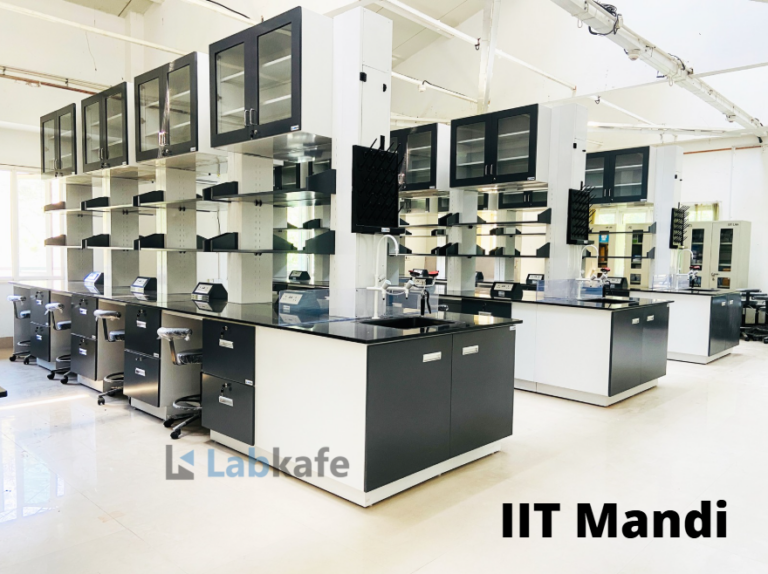
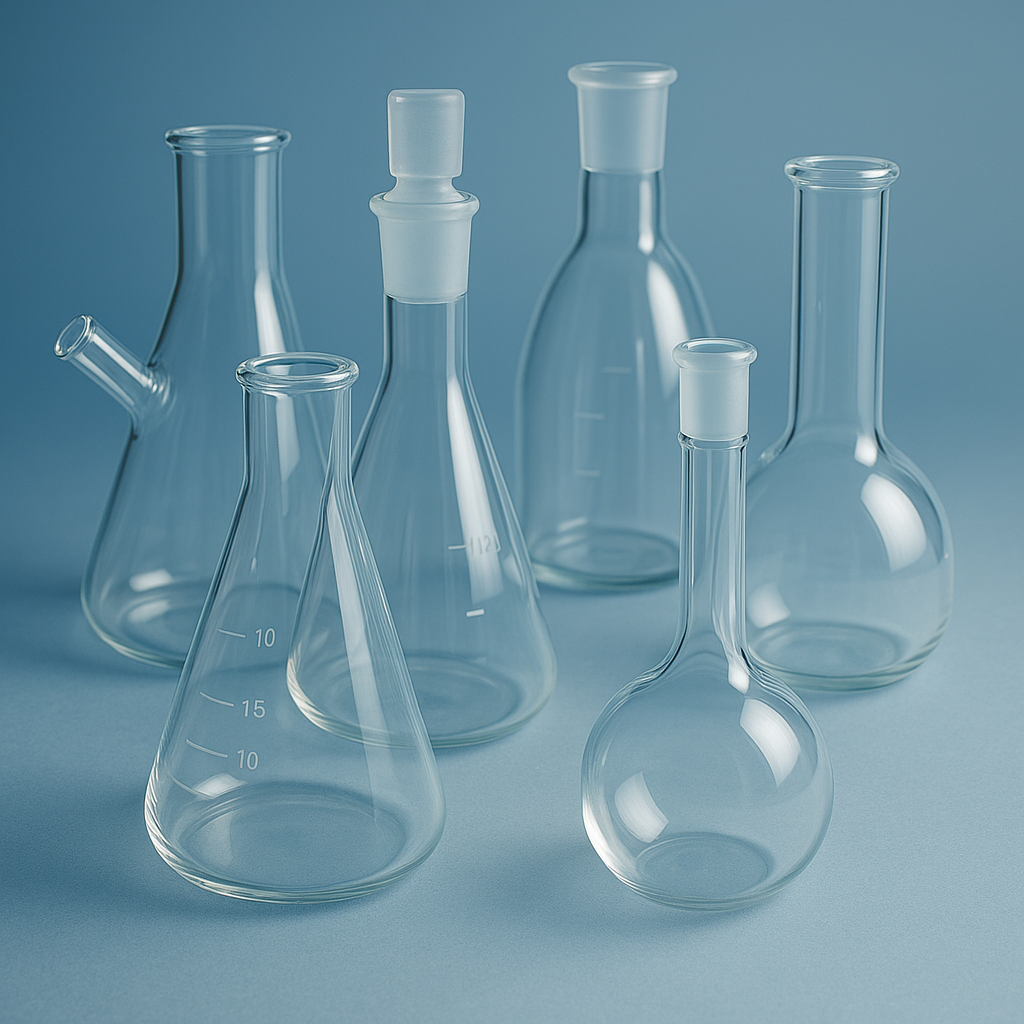
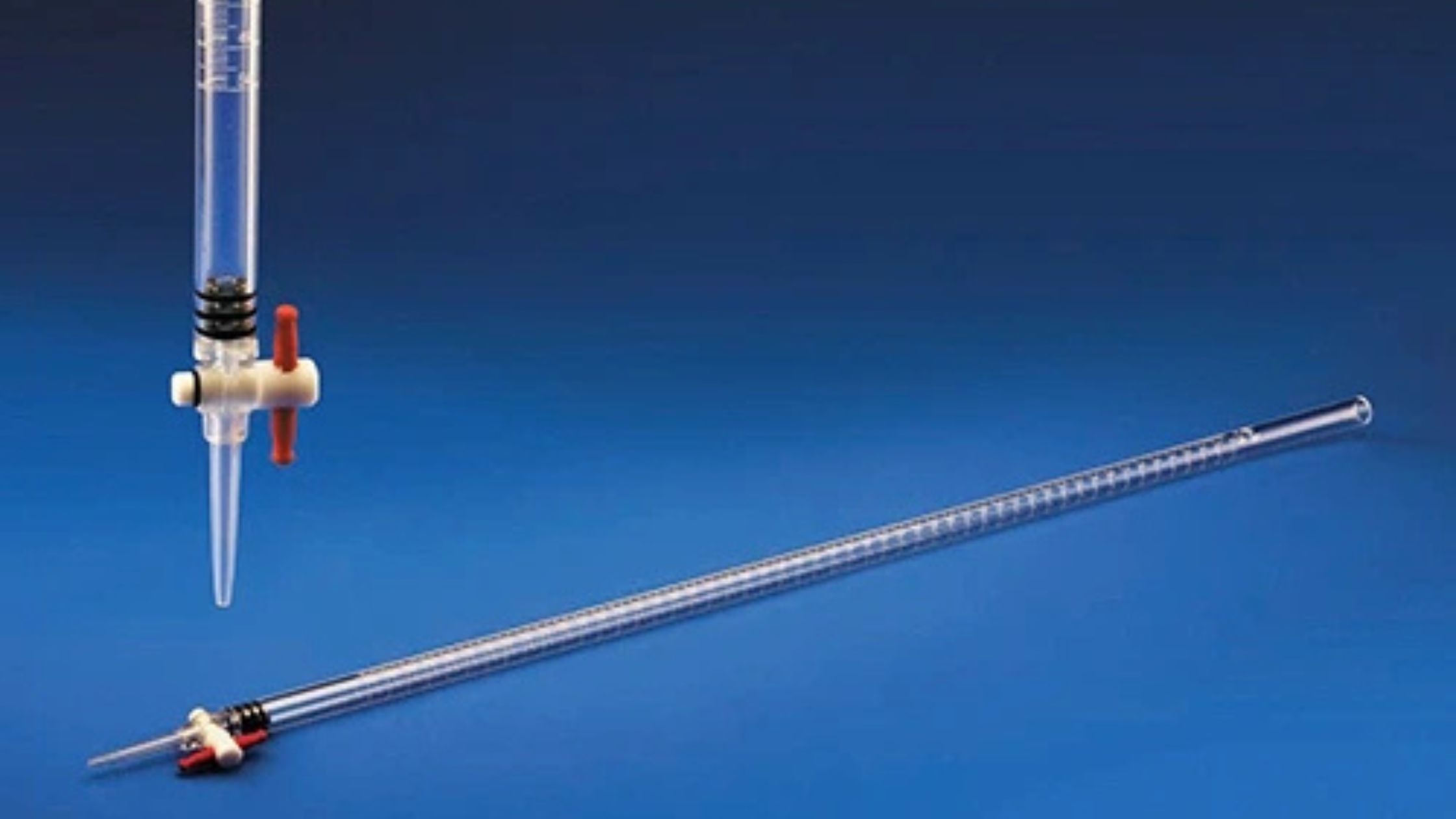
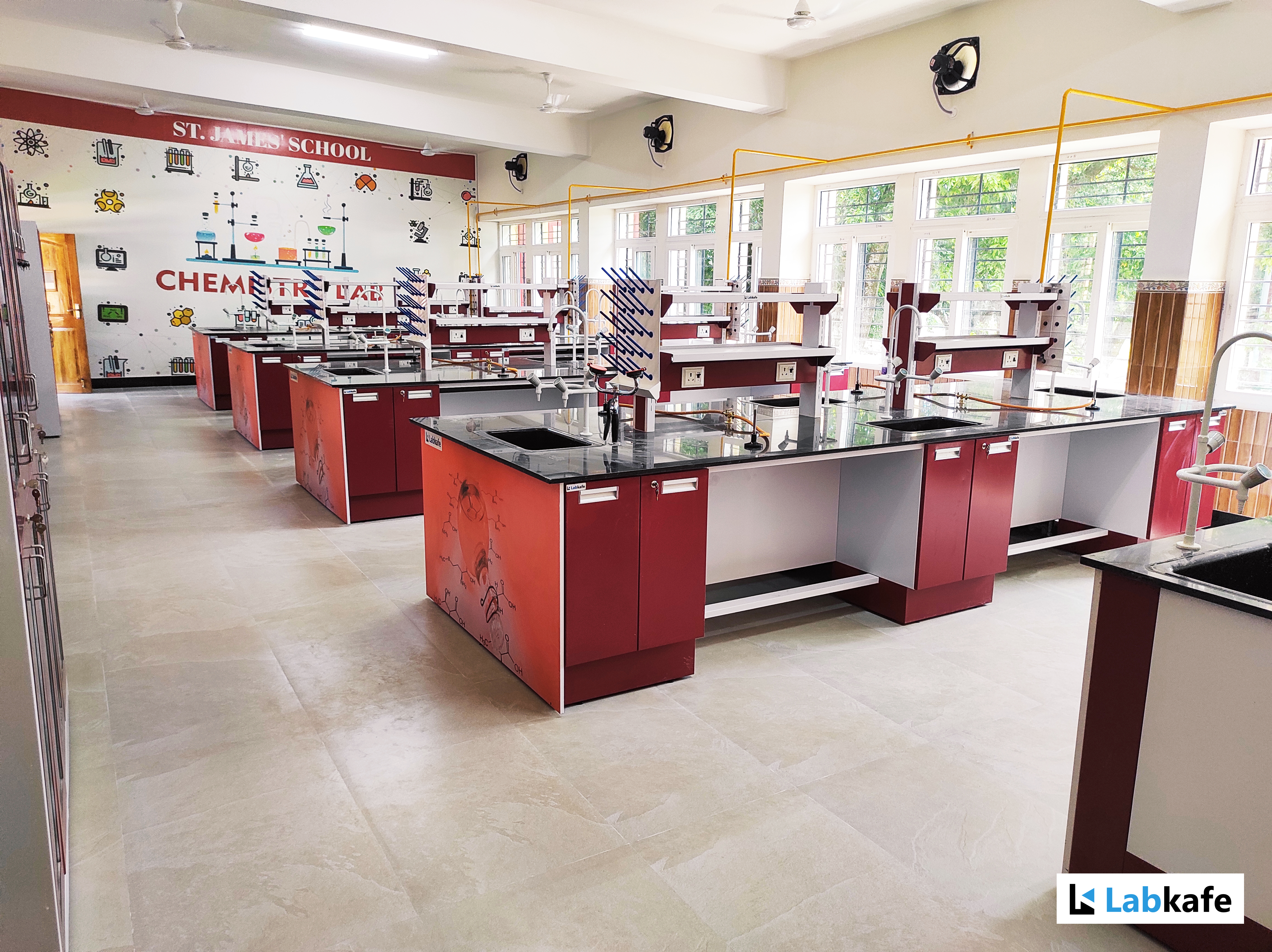

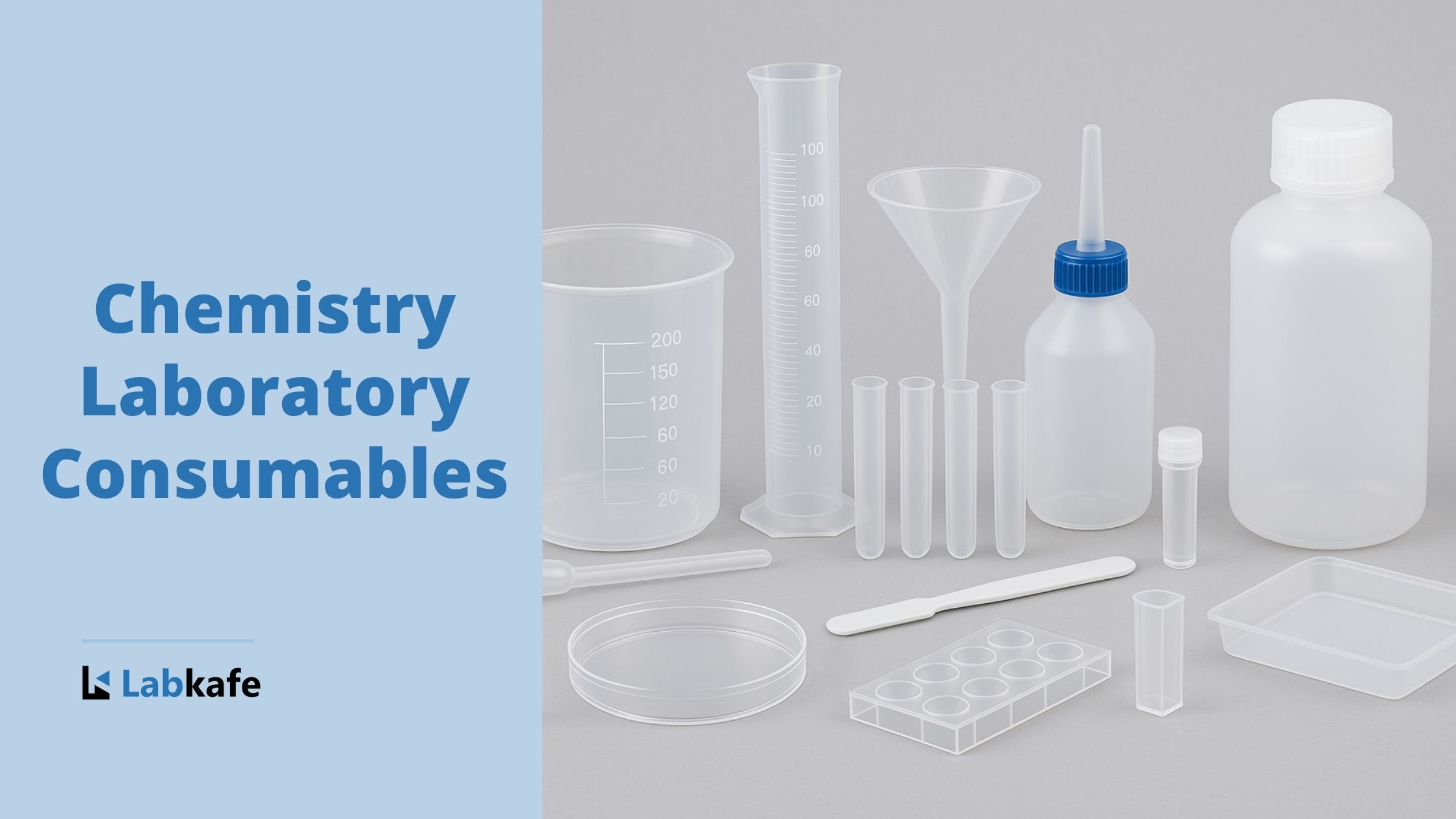
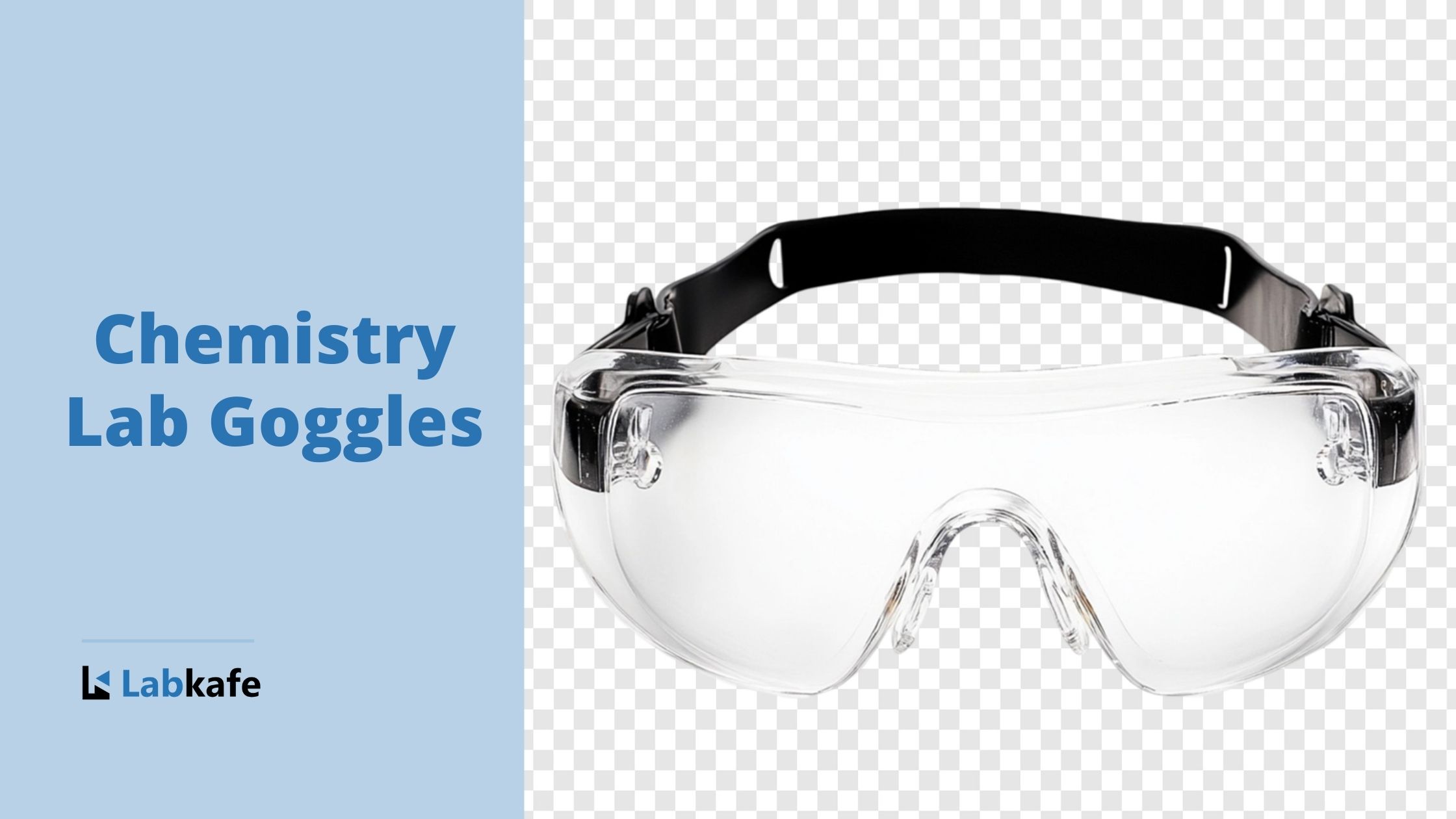
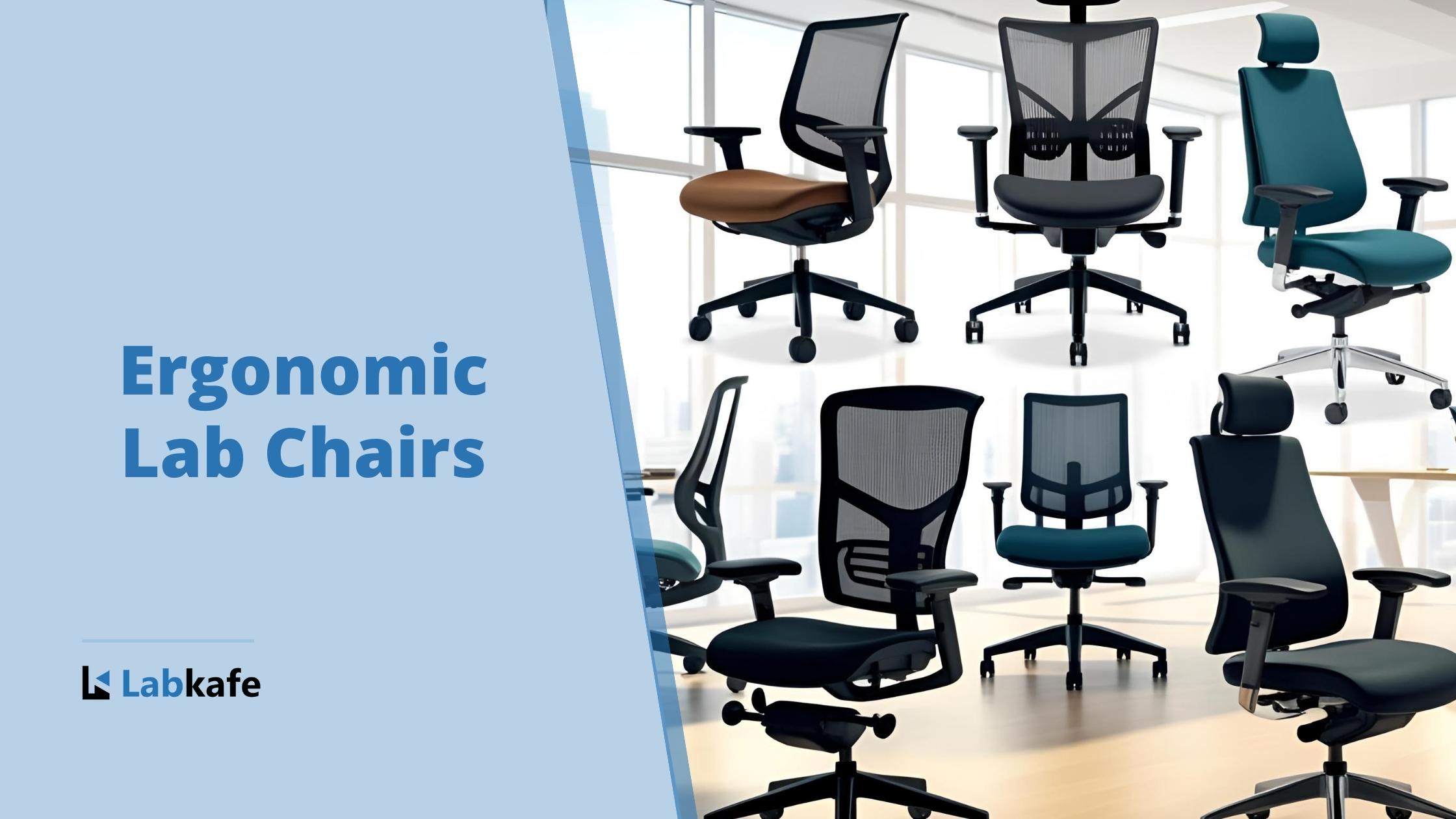
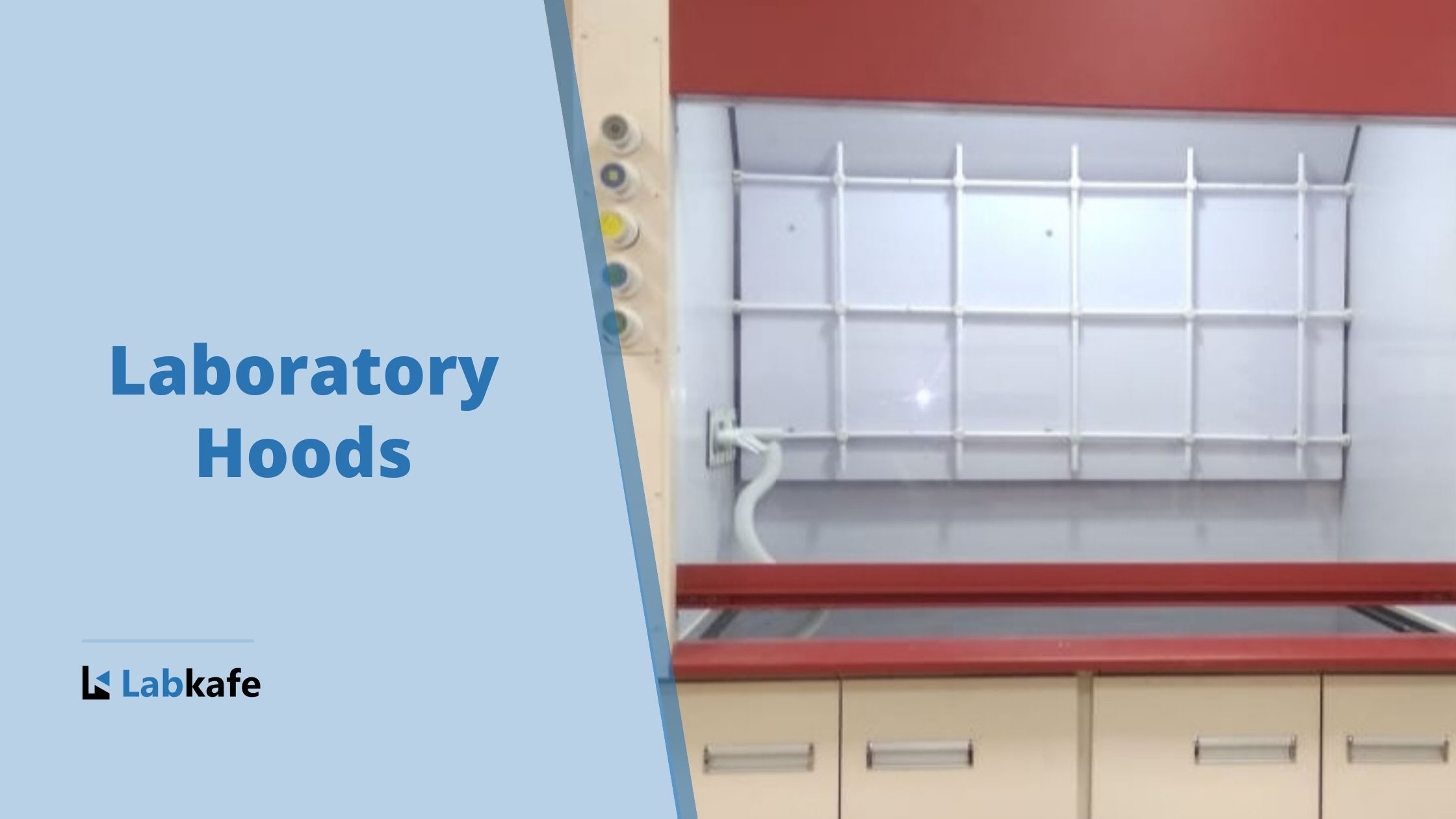

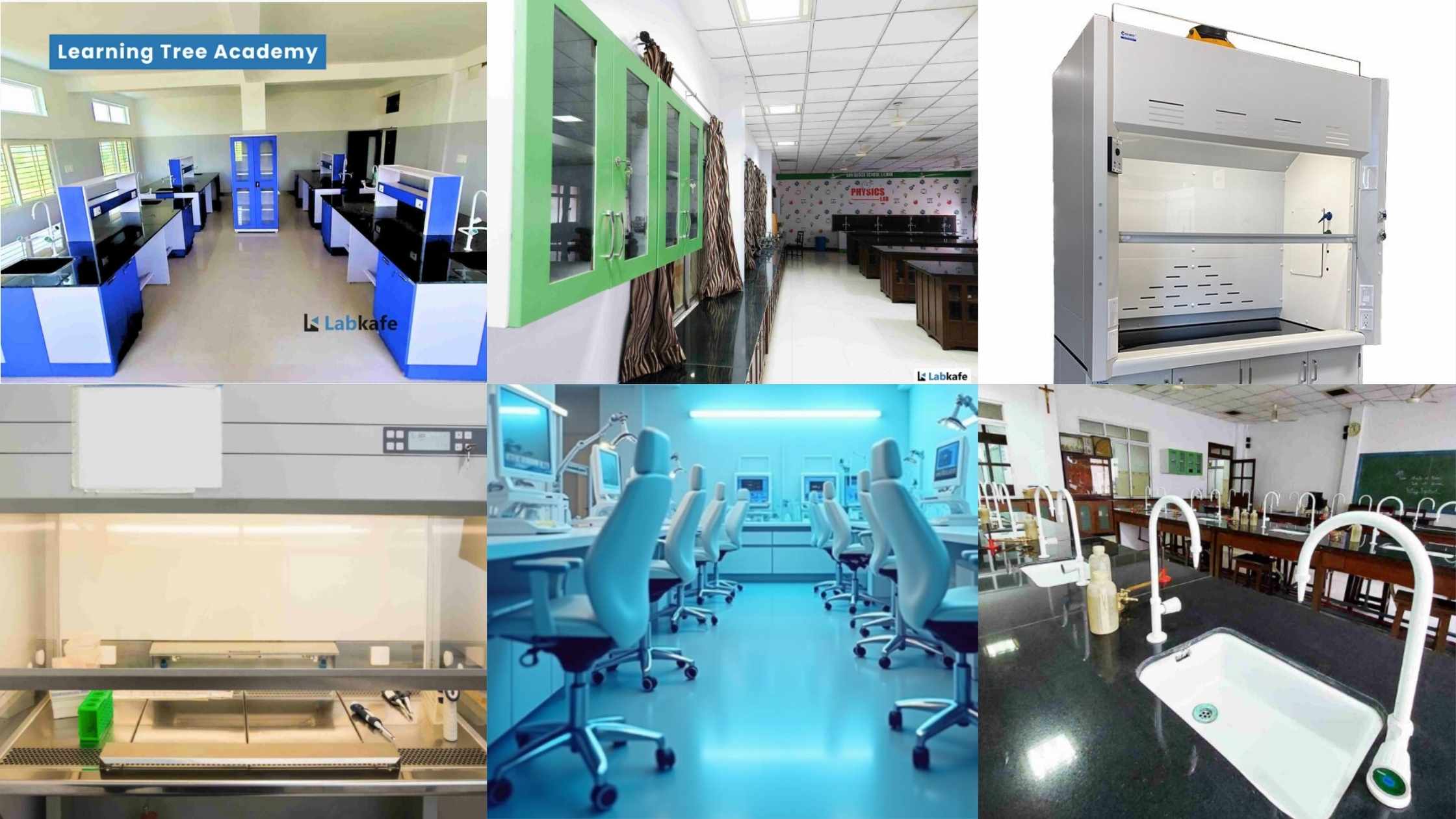
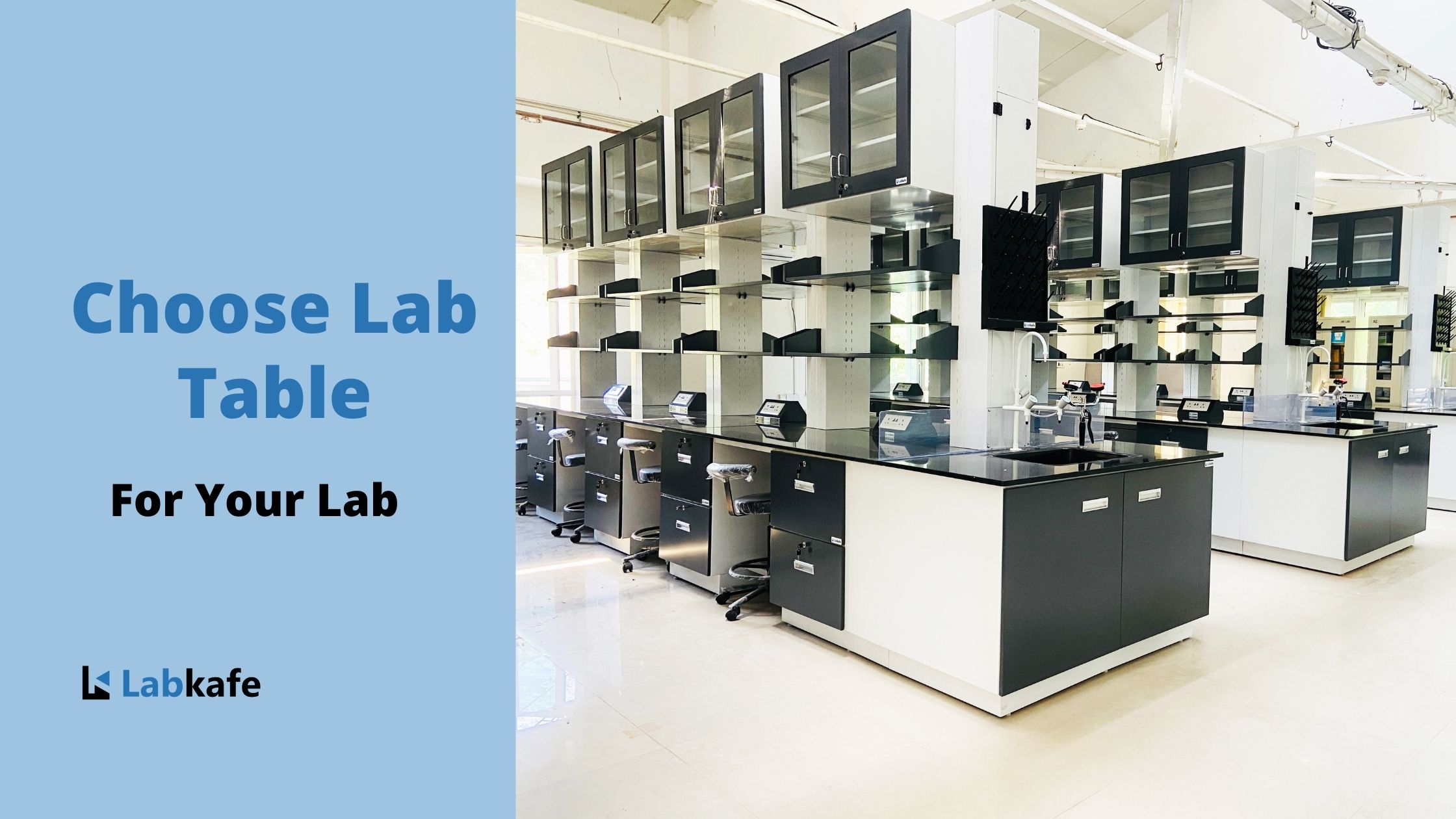
Leave a Reply